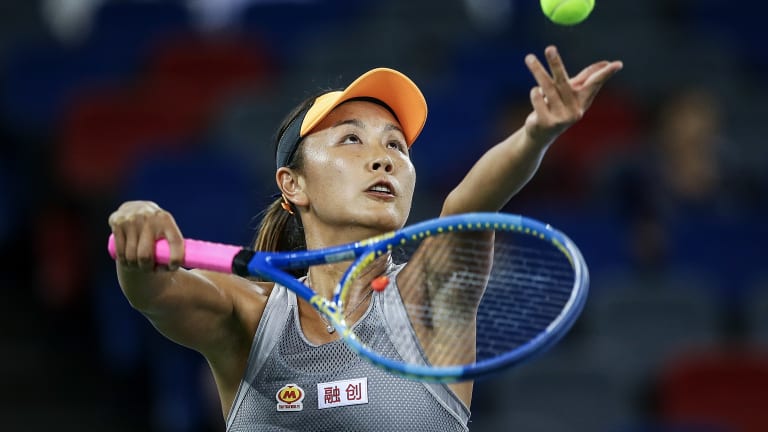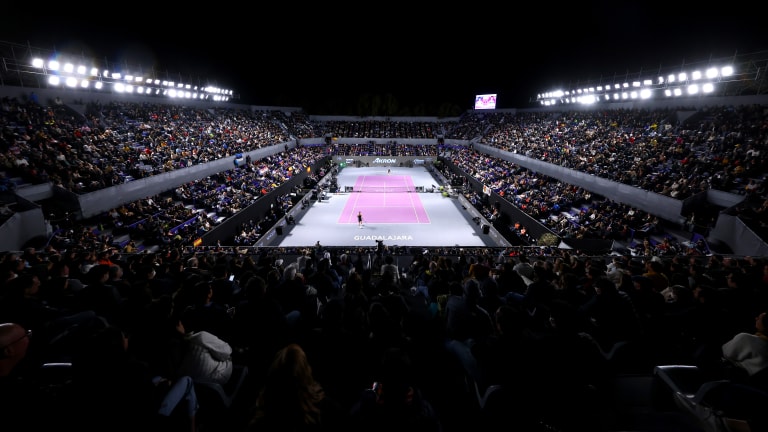WTA Finals
The Rally: Peng Shuai latest; tennis’ future with China; a boisterous WTA Finals; a women’s season with an entertaining surprise around every corner
By Nov 18, 2021WTA Finals
How Coco Gauff pulled off a miracle marathon win over Zheng Qinwen in Riyadh
By Nov 09, 2024WTA Finals
Coco Gauff rallies against Zheng Qinwen for first WTA Finals title in Riyadh
By Nov 09, 2024WTA Finals
WTA Finals Preview: Coco Gauff, Zheng Qinwen face off for first year-end crown in Riyadh
By Nov 09, 2024WTA Finals
Coco Gauff solves Aryna Sabalenka for first final at WTA Finals, will face Zheng Qinwen for Riyadh title
By Nov 08, 2024WTA Finals
Zheng Qinwen holds off Barbora Krejcikova to reach WTA Finals final
By Nov 08, 2024WTA Finals
WTA Finals Preview: Aryna Sabalenka vs. Coco Gauff leads semifinal slate
By Nov 07, 2024WTA Finals
Defending champion Iga Swiatek eliminated from WTA Finals despite 2-1 record, win in last match
By Nov 07, 2024WTA Finals
Barbora Krejcikova surges into WTA Finals semis, defeats Coco Gauff, eliminates Iga Swiatek
By Nov 07, 2024WTA Finals
Into WTA Finals semifinals, Zheng Qinwen hopes to match Serena Williams' 2012 feat
By Nov 06, 2024WTA Finals
The Rally: Peng Shuai latest; tennis’ future with China; a boisterous WTA Finals; a women’s season with an entertaining surprise around every corner
We often hear that tennis either needs a big star or a high-profile rivalry to make things interesting, but 2021 may have proven those theories wrong.
Published Nov 18, 2021
Advertising
Advertising
Advertising

The Peng Shuai story has become more unsettling by the day, with potentially dangerous consequences.
© 2019 Getty Images
Advertising

Inspired by the Mexican crowd, Muguruza shook off an opening round robin loss to win her final four matches in Guadalajara.
© All rights reserved 2021 GETTY IMAGES
Advertising

Anett Kontaveit and Paula Badosa made the season-ending championships for the first time, but were just two of the many engaging stories during this WTA season.
© Getty Images for WTA,